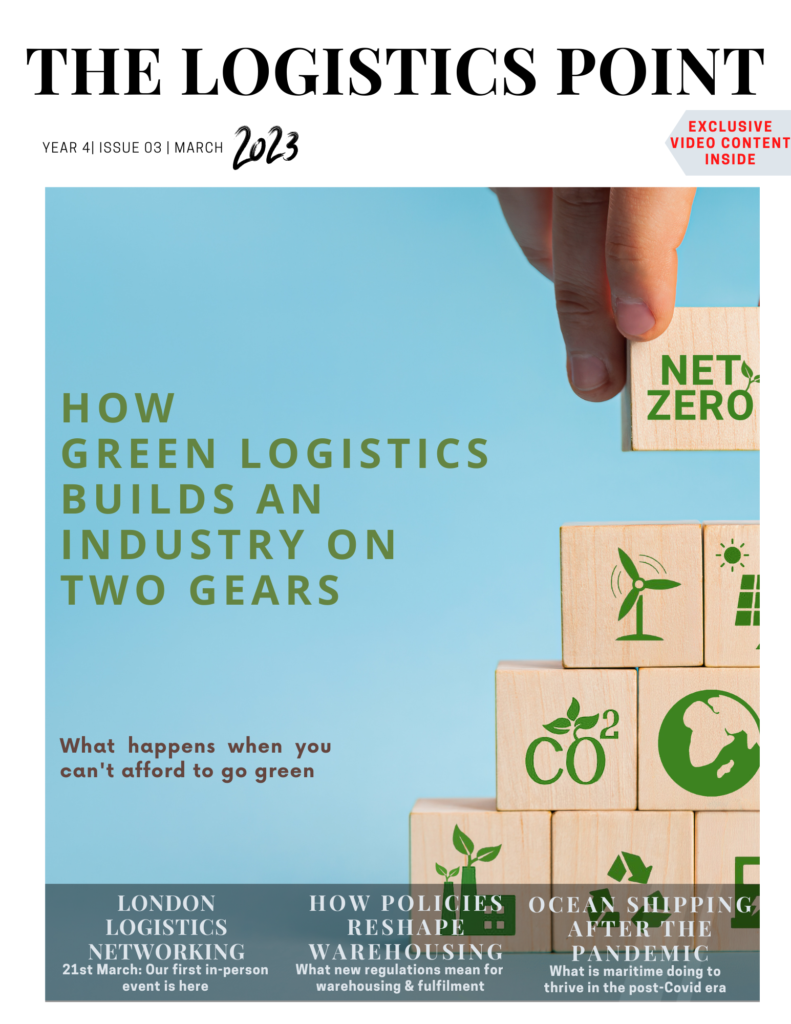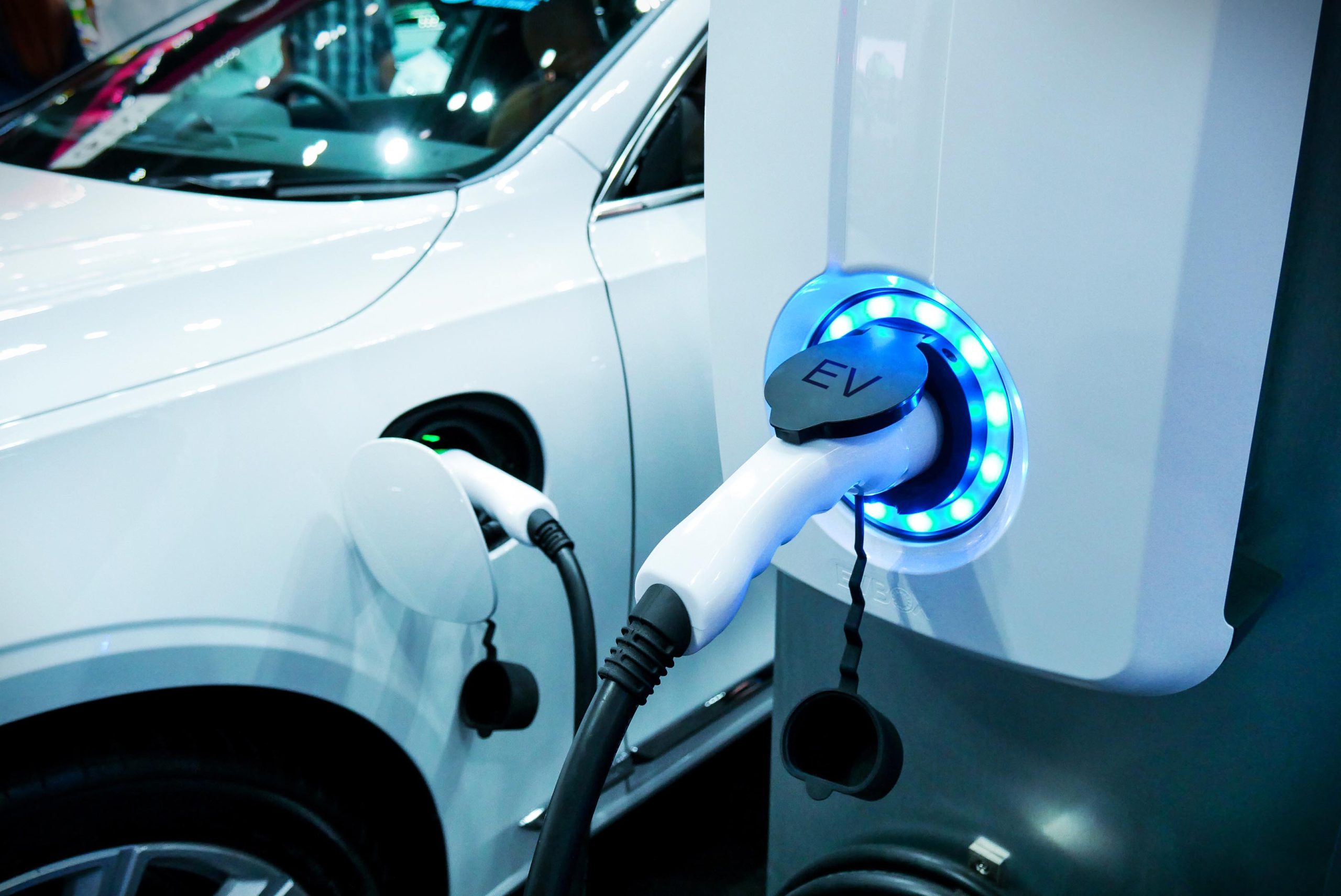Kitty Poole, Chief Marketing Officer at Doddle
Home delivery hit the headlines in the UK last December when a perfect storm of Royal Mail strikes and extreme weather resulted in huge backlogs and many people not getting their parcels in time for Christmas. Doddle found that 62% of shoppers had experienced at least one delivery issue in the month, and 39% of consumers were considering switching retailers to avoid problematic carriers, their reputations damaged by the peak delivery failures.

Let’s talk sustainability at our informal but full of insights London Logistics Networking.
Join Descartes Systems Group on the 24th May in London! Get your ticket now!
For marketeers, this has once again highlighted the delivery experience as an important vulnerability in the supply chain with a material brand impact. Putting safeguards in place to ensure consumers avoid the annoying and loyalty-destroying experiences of delivery failure will be crucial at a time when retaining customers is more important than ever, given the challenging economic background and drop in consumer spending.
Since the Covid pandemic consumers have become accustomed to online shopping and increased their expectations of retailers. A poor delivery experience can be extremely damaging to long-term customer loyalty and generate bad reviews or other negative brand impressions. This is a major challenge for marketeers who are increasingly aware that what were traditionally viewed as operational issues, are now at the heart of any reputational marketing.
For marketeers the Out-of-home (OOH) delivery offer is a win in many ways. It gives shoppers the ability to select convenient local pickup and drop-off points for their online shopping and returns, providing them with choice and greater flexibility. In addition, the increased security helps address other concerns.
One of the most potent benefits of OOH delivery is that it escapes the familiar unpleasantries of a bad home delivery experience. There can be challenges (queueing at a post office or shop counter for a parcel isn’t always ideal) but in working with customers, we’ve repeatedly seen OOH delivery achieving the highest Net Promoter Score of any delivery type. In addition, the psychological benefit of controlling when to pick up a parcel encourages customers to feel positive about the merchant.

We recently conducted research into European Out-of-Home Delivery Options, surveying retailers across the UK, France, Germany, Spain and Italy to learn which merchants are offering OOH delivery; how they’re making it happen; whether it’s working for them; and what carrier partners need to provide to merchants to make their ecommerce checkouts more effective at converting and retaining customers.
Our survey showed that 77% of European merchants offer OOH delivery and are reaping the benefits, including increased conversion rates, average order value and net promoter score. 50% of our merchant respondents said that they saw an increase in conversion rates since adding the out-of-home delivery options, with 20% saying they saw a significant increase.
OOH deliveries cater to an important demographic of shoppers who cannot guarantee they’ll be at home to accept deliveries, particularly during the working day. Giving them the confidence that they won’t miss their delivery should make them more likely to purchase in the first place and 55% of merchants surveyed saw an increase in average order value since adding out-of-home delivery options to their checkouts. In simple terms, customers who are confident that their delivery will be available at a convenient time and place are liable to spend more.
In addition to enabling the reduction of delivery costs OOH deliveries can also be marketed as the sustainable delivery option. With fewer deliveries being sent to individual homes, and consumers trip-chaining their errands and parcel pick-ups or drop-offs into local collection points, emissions are reduced as fewer kilometres are driven per parcel. 80% of our survey respondents indicated that they believed it was important to offer consumers a sustainable delivery option – a role OOH delivery should absolutely qualify for and can be promoted to fill.
As the world continues to ‘open up’ and the consumer becomes increasingly busier, implementing integrated OOH delivery options in 2023 will be crucial for retailers to stay ahead of the curve and meet the demands and preferences of the ever-evolving online shopper. Delivery is often an underrated aspect of customer experience. However, thinking of it as the culmination of the shopping experience requires us to understand the impacts of a negative delivery experience on the retailer’s brand. In contrast to this, OOH delivery offers huge opportunities for everyone involved in the delivery journey – the customer, carrier and retailer. For the marketing team it means they are no longer fighting brand damaging issues and can focus on the positives.


